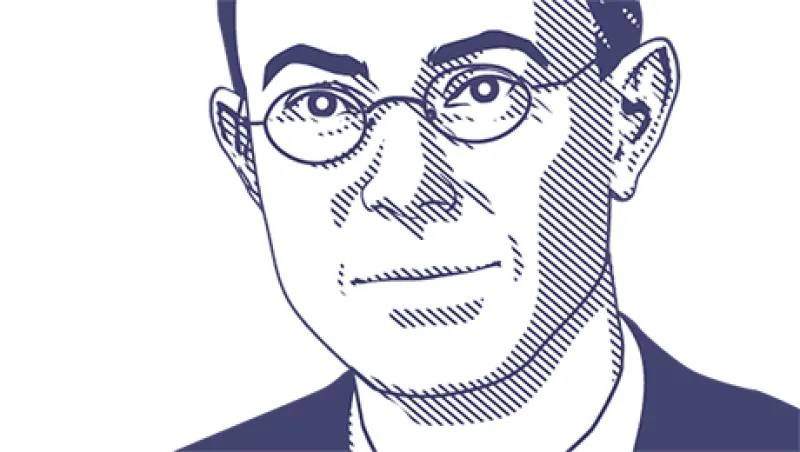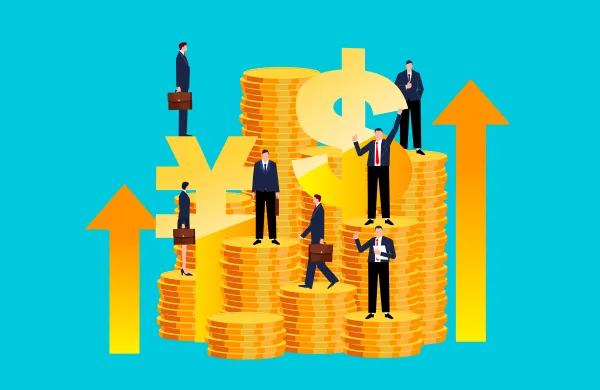The California Public Employees’ Retirement System made headlines last year when it announced its exit from hedge funds, but Günther Schiendl got there first. The CIO of €6 billion ($6.5 billion) VBV-Pensionskasse, Austria’s largest multiemployer pension fund, has wound down the plan’s hedge fund allocation of nearly 8 percent over the past three years because returns didn’t justify the expense and the hassle of increased European reporting requirements. “If you invest money into any strategy,” he says, “you have to commit a meaningful amount of money. Otherwise it’s not worthwhile.”
Schiendl, 49, is counting on Europe to help him meet his 6 percent return target. That’s the average bogey for the 40-odd plans VBV runs on behalf of some 5,000 employers, covering 300,000 individuals. In 2012 he placed big bets on bonds of peripheral euro zone countries, particularly Italy, believing Mario Draghi really would do whatever it took to hold the euro together. More recently, he’s tilted to European stocks, anticipating that the European Central Bank’s monetary easing would juice growth and corporate earnings. “This was a little bit hoping and praying” when VBV put on the overweight position last year, he says. “Now we’re seeing it.” He also likes Japanese equities, for much the same reason. Such flexibility delivered a 7.71 percent return at VBV last year.
The challenge now, of course, is how to maintain such performance. Schiendl, who started his career in equity research at Bank Austria and previously oversaw investments at Austria’s No. 2 multiemployer pension provider, APK, believes European interest rates are likely to stay near zero for the rest of the decade. So he’s looking to private debt markets to generate income; he expects to devote as much as 5 percent of the portfolio to direct lending. He’s also taking a harder line on costs with external managers, who handle the fund’s equity, high-yield and emerging-markets investments. Schiendl is trying to shift managers from fixed fees to incentive-based compensation. “If you deliver more than 6 percent [returns], I’m willing to discuss performance fees,” he says. “If you deliver less than 6 percent, I’ve got to cut benefit payments.”
This profile is one of 12 written for our 2015 European Investment Management Awards, which honors some of the best investors in the business. See also profiles of Lifetime Achievement Award winner Henrik Gade Jepsen, Centrica’s Chetan Ghosh, Lancashire County Pension Fund’s Michael Jensen, ABN AMRO's Geraldine Leegwater, Varma's Reima Rytsölä, AP4's Magnus Eriksson, CERN's Elena Manola-Bonthond, ERAFP's Philippe Desfossés, Linde's Christoph Schlegel and Inarcassa's Alfredo Granata. Check back tomorrow to read about PKO's Wojciech Rostworowski.
Follow Tom Buerkle on Twitter at @tombuerkle. Visit his blog, The Globalist.





